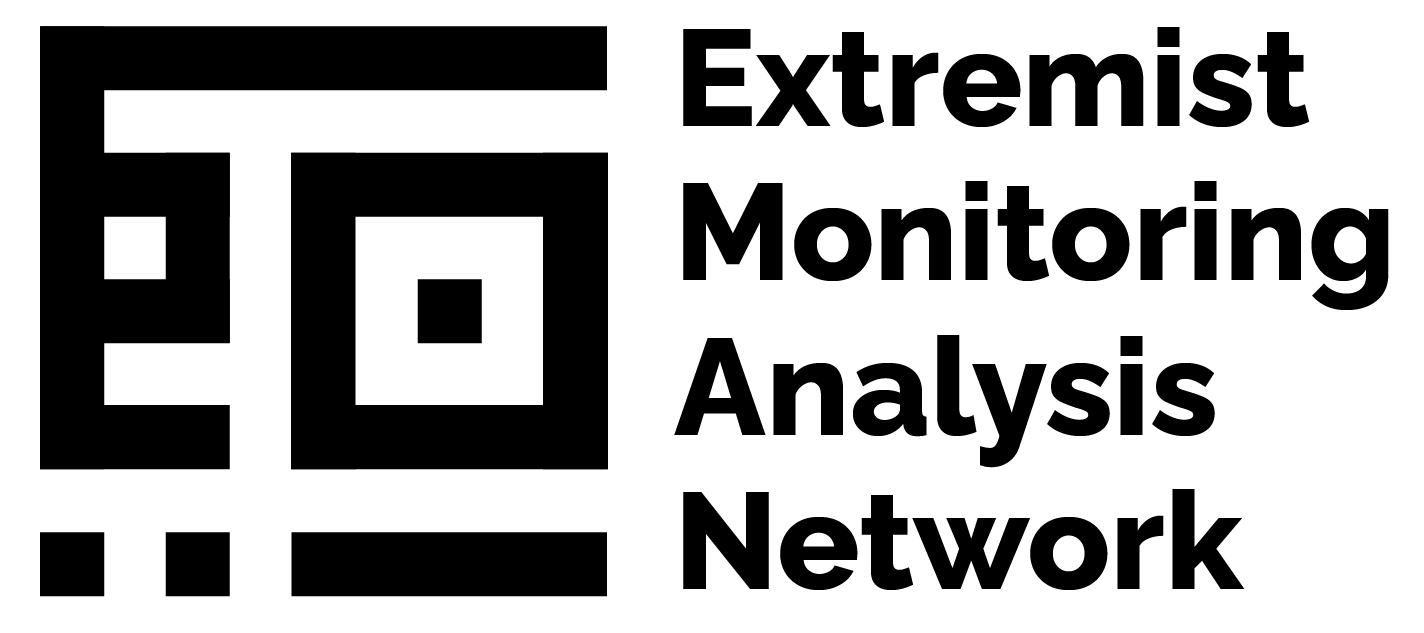What is QAnon and where did it come from?
Author(s): EMAN Network
QAnon is a conspiracy theory that first surfaced in 2017 on the fringes of the online world. Subsequently, it has attracted millions of followers worldwide and became a political movement, with some of its followers having been involved in violent attacks, prompting the FBI to declare it a domestic terrorist threat in 2019. According to Vice, “QAnon is the popular term used to describe a whole host of internet conspiracies that explain a false, alternate reality where the world is run by a shadow government filled with Satan-worshipping paedophile elites.” This cabal of elites includes government officials, actors, media personalities and corporate executives. The movement believes that former U.S. President Donald Trump, who was the incumbent President during the founding of the organisation, was recruited by military generals to run for the presidency to lead the war against this shadowy cabal and break it up.
Its origins began in October 2017, when a self-proclaimed anonymous member “Q” began posting cryptic comments on the online forum 4chan, concerning Hillary Clinton’s impending imprisonment. Q is a fictitious government figure who claims to have unique access to sensitive information. Since 2017, QAnon members have sent thousands of posts, including some that accuse some U.S. Democratic Party officials of being part of a shadowy political network. Despite the fact that no anonymous posts have been traced since December 2020, the QAnon movement has continued emerging and has survived on its own.
As of early 2018, the QAnon movement has managed to attract tens of thousands of supporters by amplifying its messages and original posts on various social media platforms such as YouTube and Facebook. The well-known YouTuber Tracy Diaz, also known as TracyBeanz, alongside other 4chan forum community moderators such as Pamphlet Anon and BaruchtheScribe, collaborated on tens of blogs and videos interpreting Q’s communications, which succeeded in garnering steam among conspiracy theorists and the U.S. far-right, including supporters of then-incumbent U.S. president Donald Trump. Despite the majority of the movement’s adherents hailing from the far-right of the political spectrum during the early days of the organisation, today, believers in QAnon include Harvard graduates, Wall Street executives, anti-COVID lockdown libertarians, and a significant number of evangelical Christians. In addition, the movement has garnered international followers from countries such as Japan, the UK and Germany.
The movement has grown to embrace a wide variety of conspiracy theories, repeating old ones, for example claiming that 9/11 was an inside job, and also boosting new ones, which are often in response to the news cycle, including a claim that the Rothschild family is behind the 2020 Beirut blast. In 2019, an American counter-extremism researcher went undercover and created a fictitious Facebook account named Carol Smith to trace QAnon disinformation. Smith received recommendations to join Facebook groups dedicated to QAnon within just two days after she created her profile. Although she did not follow any QAnon-affiliated pages or accounts, her feed was flooded with hate speech and misinformation that violated Facebook’s regulations. Despite the fact that the QAnon community has proven its capability to relocate, adapt, and survive various platform changes, as of mid-2020, the QAnon content has been subjected to a continuous wave of bans and limitations on multiple social media platforms including TikTok, Twitter, Facebook, Instagram, and YouTube. This trend of bans reached a climax in 2021 when QAnon supporters played a key part in the January 6 Capitol insurrection
According to The Guardian, QAnon supporters have been involved in tens of violent incidents since 2018. This included attacks on private individuals, government agencies, and religious entities. This diversified target map illustrates QAnon’s broad conspiracy base. Aside from its violent attacks, QAnon’s greatest danger emanates from its ability to propagate internet disinformation through its broad and multinational network of adherents. QAnon has proved its ability to adapt its narrative to changing times, turning every world event into a conspiracy and any individual into a target. However, experts question how resilient the QAnon movement would be if the self-proclaimed Q disappeared and its core enablers and influencers lost traction on social media. Future changes in political realities in the U.S., such as the potential for Trump to run again for the 2024 U.S. presidential elections would likely give QAnon adherents the room to re-emerge and leverage such an event to their narrative.
An FBI assessment from May 2019 predicted a surge in domestic terrorism, posed by violent extremist movements such as QAnon, during the 2020 presidential election. Additionally, an assessment of domestic violent extremism by the Office of the Director of National Intelligence from March 2021 also indicated government concern over QAnon: “Newer sociopolitical developments—such as narratives of fraud in the recent general election, the emboldening impact of the violent breach of the US Capitol, conditions related to the COVID-19 pandemic, and conspiracy theories promoting violence will almost certainly spur some DVEs [domestic violent extremists] to try to engage in violence this year.” QAnon epitomises the speed at which far-right organisations can gain traction in the West, including by gaining hundreds of thousands, if not millions, of adherents in a short span of time, and engaging in violent extremist behaviour.
